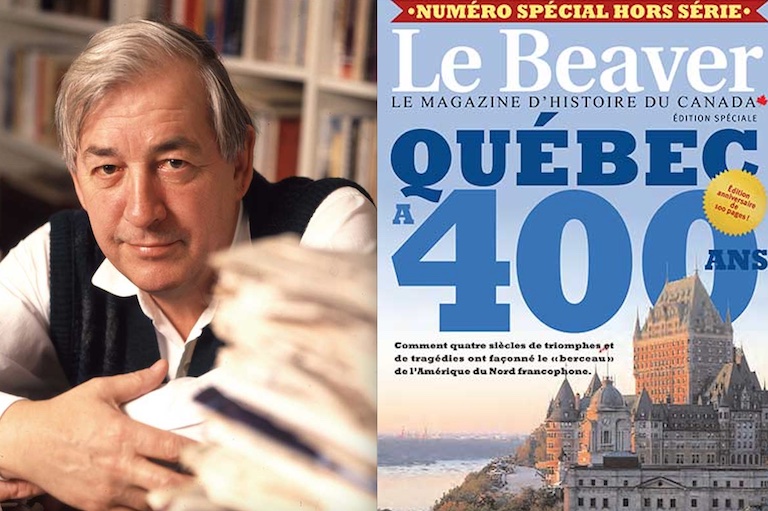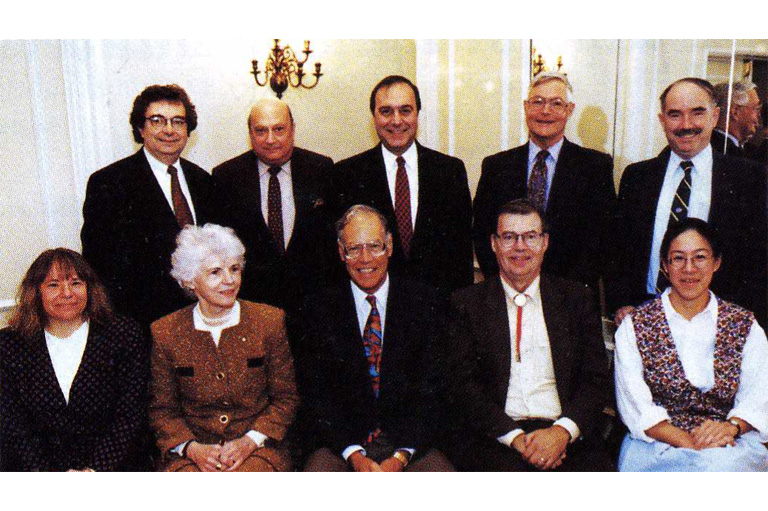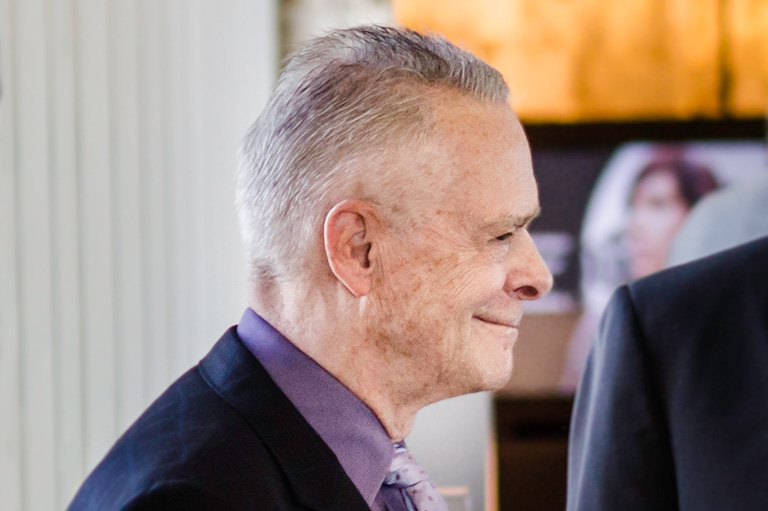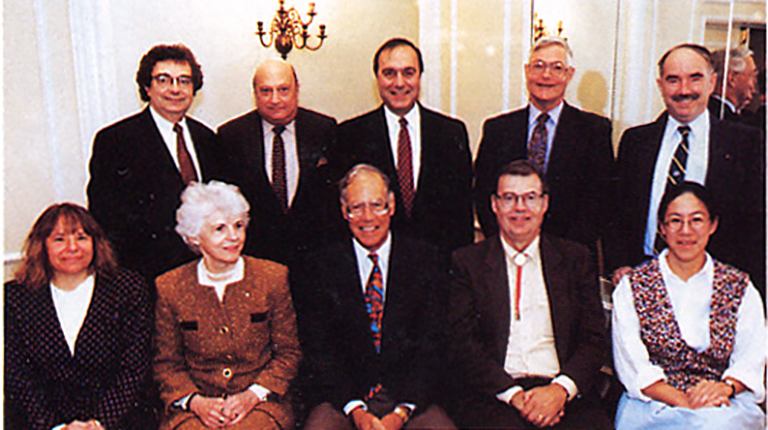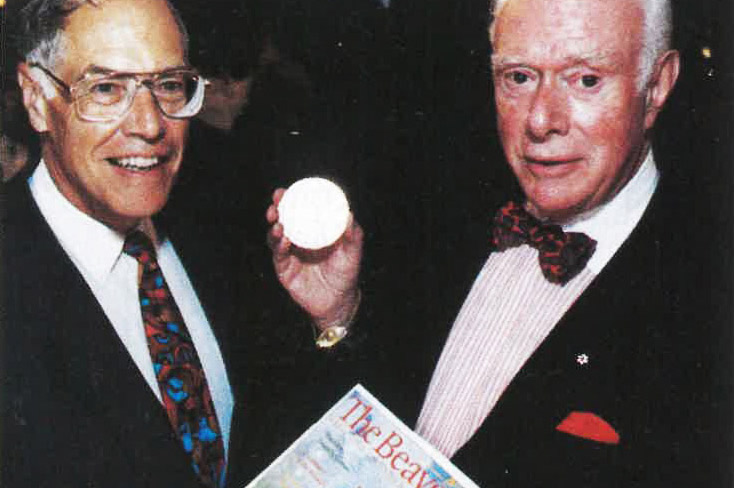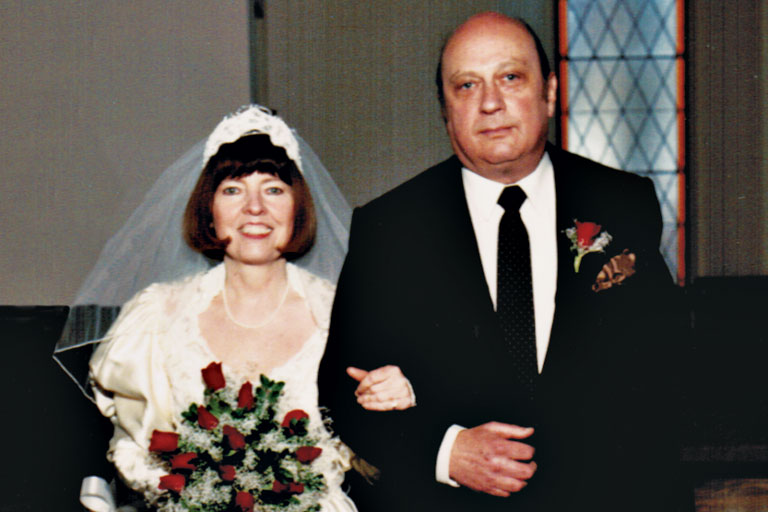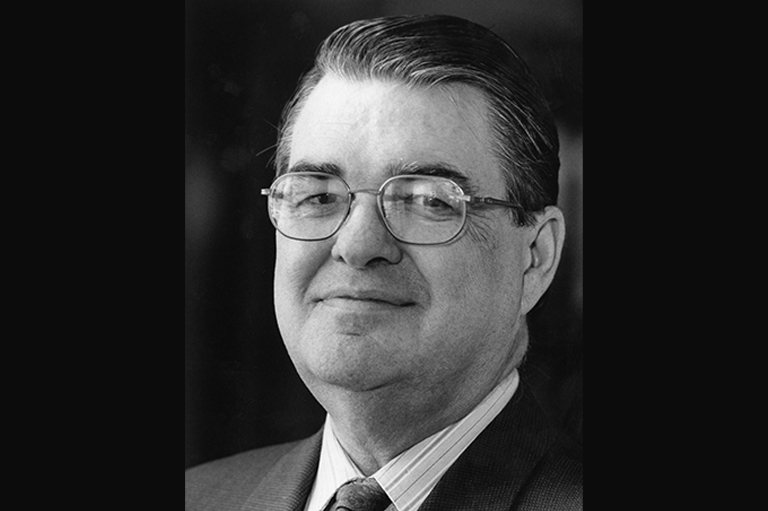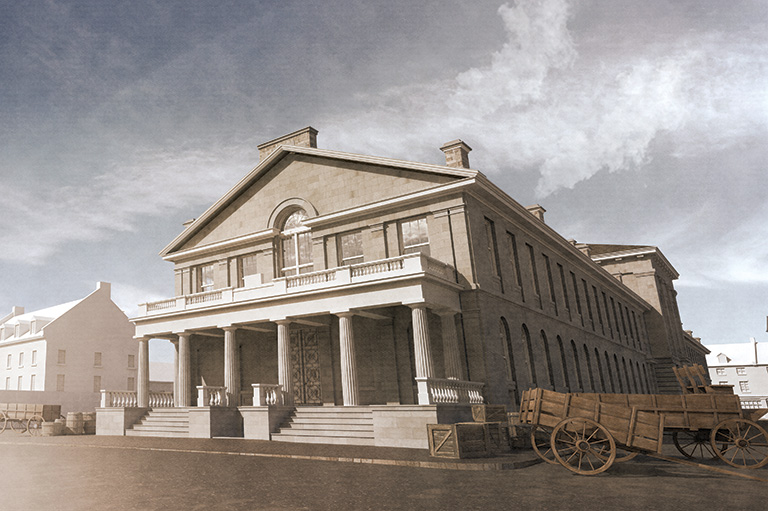Jacques Lacoursière and the Writing of Popular History in Quebec
Readers of Canada’s History may remember Jacques Lacoursière as co-editor of the special edition Quebec at 400/Québec a 400 ans. A member of the Order of Canada and a board member of Canada’s History Society, he was the first francophone to win the Pierre Berton Award for ‘distinguished achievement in presenting Canadian history in an informative and engaging manner’. While little known in English Canada, in Quebec he was the most read and most widely recognized popular historian of his generation: he died in June 2021.
His life speaks to themes dear to Canada’s History Society: popularizing national history; historians, their wider publics, and the cult of public personality; the historian’s use of iconography and of the media; the construction of national histories and their dissemination; the professional lives of historians with career outside the academy; and institutions of popular memory like museums, the popular press, radio, film, and television.
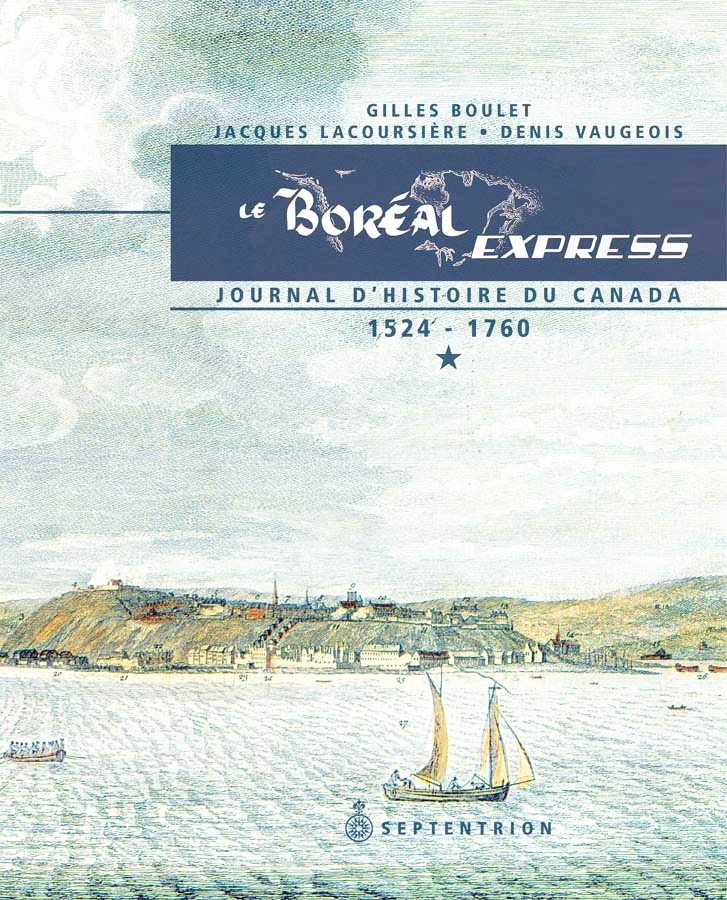
In a rich Quebec tradition of vulgarisateurs that includes Marie-Claire Daveluy, Fernand Seguin, Hector Grenon, Hélène-Andrée Bizier, Denis Vaugeois, and Serge Bouchard, Lacoursière has prominent place. Lacoursière first captured public attention in 1962 as co-author of a hugely successful history tabloid, Boréal Express.
The next half-century saw production of a virtual cascade of school texts, books on subjects such as the October crisis of 1970, and regional histories, magazine series, the hosting of radio and TV programs, public conferences, film scenarios, a landmark museum exhibition, government reports, and service on the boards of museums and history societies.
Lacoursière shared the disarming amiablility of other public figures from the Saint-Maurice region: Prime Minister Jean Chrétien, chansonnier Félix Leclerc, and fellow historians Denis Vaugeois and Jean Provencher. But behind his diminutive stature and folksy demeanour, Lacoursière was an accomplished communicator, an astute collaborator and networker, and a resourceful historian who garnered a huge public capital.
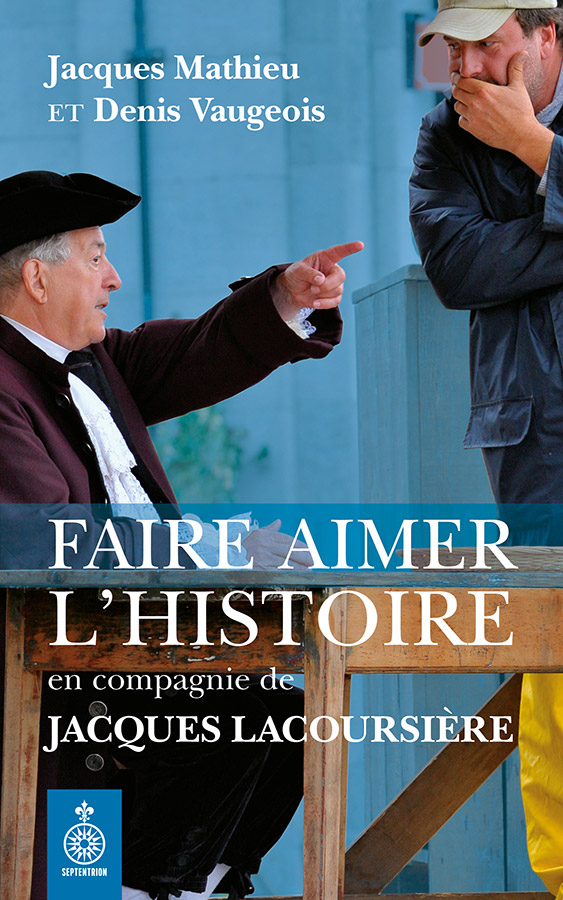
His work was consumed by millions and his narrative of Quebec’s history was instrumental in a generation’s construction of its historical imagination. Accessible, ever-present in the media, and willing to dress in period costume, he gave face to the historian as a public personage. Even his physical decline had public component.
In 2018 with the cruelty of Alzheimer’s on his doorstep and, “Helas, my previous infallible memory failing me,“ he left sixty banker boxes of documentation to Quebec’s National Archives. With two of his closest collaborators, Denis Vaugeois and Jacques Mathieu writing his ode, Faire aimer l’histoire en compagnie de Jacques Lacoursière, he signed off with a mission statement for the popular historian:
‘All my life, I have been motivated by the desire to encourage the love of History and to share my knowledge with the greatest number possible.’
Everyone involved in the dissemination of Quebec history knew Lacoursière.
My own path regularly crossed with his: collaborating in a scenario for a never-realized exhibition at the McCord Museum of Canadian History, appearing jointly before the CRTC on behalf of Astral Media’s license application for its History Channel, riding the red-eye from Winnipeg after board meetings of Canada’s History Society, on sets filming Gilles Carle’s Épopée en Amérique, and in public hearings across Quebec of the Task Force on the Teaching of History.
Off duty, he was a gourmet cook and wine connoisseur renowned for the venison dinners he hosted in his Quebec City apartment. When I met him in the 1980s, he had abandoned a career as an administrator in the Quebec Ministry of Education for the profession of full-time freelance historian. Lacoursière lived from contract to contract, from book sales, media remuneration, and speaking fees.
Like his English Canadian counterpart, Pierre Berton, he lived as a public historian, revered by a broad public and largely unread by professional historians. Father of five, he was inevitably overbooked, overworked, and harassed by overlapping deadlines.
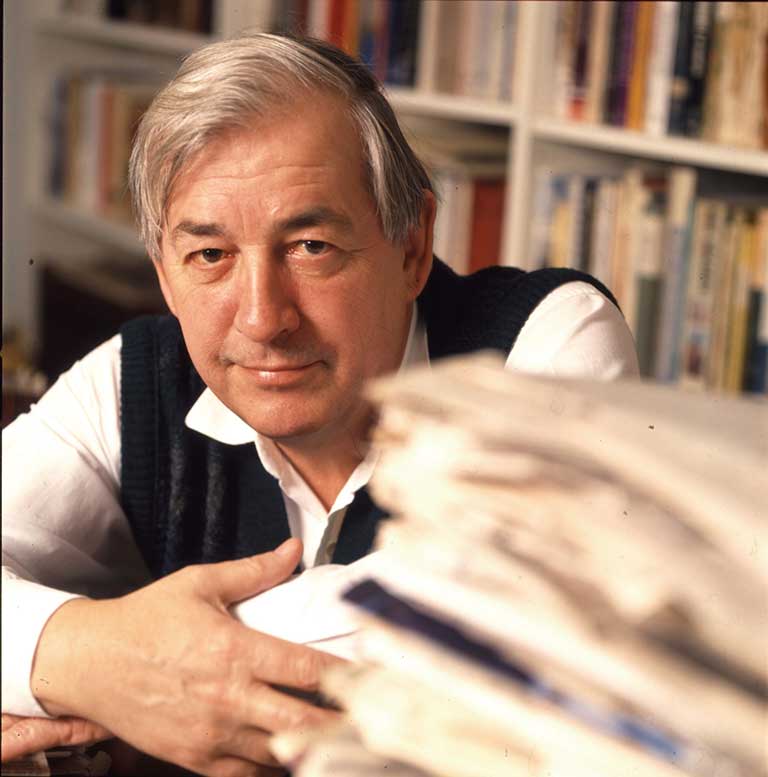
Born in 1932, Lacoursière grew up in Shawinigan Falls, Quebec where his father owned a printing business. Located at a hydro-electric generating site on the Saint-Maurice River, Shawinigan Falls was a typical Laurentian industrial community: companies like the Shawinigan Water and Power Company, anglo bosses with their exclusive communities and golf clubs; a Catholic Church omnipresent in education, social services, and parish life; and, never far away, an enveloping Canadian Shield landscape and Boreal mythology.
Lacoursière spent a year studying for the priesthood, forayed into the study of law, obtained a teaching degree in 1960, and briefly taught elementary school. It was in normal school that Lacoursière met Denis Vaugeois, first his writing partner and then his publisher. While peers studied academic history, notably with Maurice Séguin at the Université de Montréal or with Jean Hamelin at Université Laval, Lacoursière and Vaugeois found intellectual fit in the community of clerics, artists, and intellectuals around Monsigneur Albert Tessier of the Séminaire de Trois-Rivières.
Master communicator, film-maker, and historian of the Saint-Maurice region, Tessier acted as a mentor, hiring Lacoursière to work in the Seminary’s archives and encouraging the Lacoursière-Vaugeois writing tandem. In the early 1960s, he facilitated and legitimized their entry as lay historians of Quebec’s national history into cultural and educational institutions still dominated by the Church. Energetic miners of primary archival sources, Lacoursière and Vaugeois used their developing media and institutional savvy to disseminate Quebec history in a rapidly modernizing milieu of television, supermarket magazine racks, and secularizing schools.
It was fast forward from there. In 1962, Lacoursière, Vaugeois, and collaborators from Trois-Rivières launched publication of an historical tabloid. With a monthly print run of 15,000, Boréal Express had the appealing format of mock newspapers published across the period 1524-1841 and included editorials, cartoons, and sports and literature columns. Boréal Express had huge success in bringing Quebec history to a broad newsstand, supermarket, and subscriber clientele. In 1969, they followed this up with a textbook, Canada-Québec – Synthèse historique. As a staple of the history program in Quebec secondary schools, it sold 80,000 copies in its first three years. When Vaugeois moved into elected politics in 1976, Lacoursière found partnership with Hélène-Andrée Bizier. They returned to the Boréal Express format of serving up national history in installments, this time in 144 weekly episodes. With its attractive presentation of everyday historical events and its superb use of iconography, Nos racines, l’histoire vivante des Québécois brought Lacoursière yet another major commercial success.
As a media-conscious historian, Lacoursiere was able to count on well-placed friends across Quebec’s cultural, political, academic, and entrepreneurial world. In the 1960s, these included cartoonist Lévis Martin, university administrator Gilles Boulet, and fellow popular historian Jean Provencher. As he became known on radio and television in the 70s and 80s he was helped by André Bureau, president of Télémédia and Astral Broadcasting, and Marcel Masse, federal Minister of Communications. Filmmaker Denis Arcand hired him for help with scenarios and he partnered with Gilles Carle to produce Épopée en Amérique, an innovative history of Quebec in thirteen episodes.
Lacoursière also caught the wave of the new museology and the construction of museums outside the Beaux Arts tradition. He was a board member on both the Canadian Museum of Civilization and on the McCord Museum of Canadian History. In the late 80s, Lacoursière joined historian Jacques Mathieu and an inter-disciplinary team of ethnologists, archaeologists, linguists, and historians in preparation of the opening exhibition at Quebec City’s Musée de la civilisation. Over its sixteen years as the Museum’s main permaent exhibition, ‘Mémoires’ drew 16,000,000 visitors and its innovative use of ‘objects’ to illustrate themes of Quebec identity provoked strong debate among museologists. In 1991, Mathieu and Lacoursière published Les mémoires québécoises, a synthesis of the research that made up the exhibition.
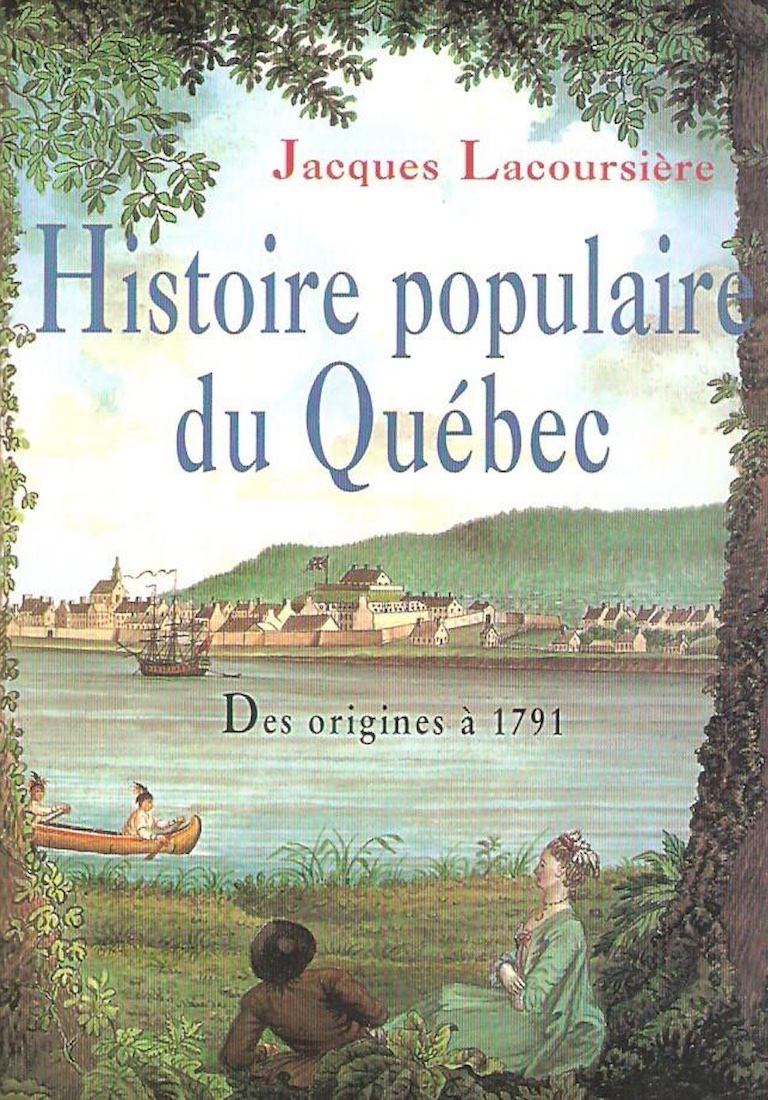
The mid 1990s can be seen as the climax of Lacoursière’s career. His hugely popular five volume Histoire populaire du Québec (1995-97, 2008) sold some 250,000 copies and was partly translated into English. From 1994 to 2004, he hosted a two-hour Sunday morning radio program, J’ai souvenir encore. And, in 1995-96, as chair of the government’s Task Force on the Teaching of History, he took up the challenge of how to teach citizenship and national history. Charged with evaluating and proposing classroom, teacher training, and textbook reforms for the teaching of history in Quebec schools, Lacoursière authored a Report which emphasized Quebec “as a pluralist society”. While the history taught in schools should provide civic education in the “principles, rules, and institutions governing the operation of society”, it should give “equitable coverage to Native peoples” and students should be free to “construct their own historical knowledge according to their own identities”.
And yet, under his feet, the ground was moving. Yes, book sales and media presence reflected his ongoing ability to touch chords of familiarity and perhaps nostalgia in the generation raised on his Quebec history textbooks of the ’70s and ’80s. But certainties of the Quebec past were shaken by Indigenous protesters at Oka, by strong feminist pressures, by demographic change, and by scars left by the narrowly-failed referendum of 1995.
For their part, academic historians, reviewing his Histoire populaire du Quebec, complained of its repetitive, knock-off qualities, of its failure to incorporate new historiography, and of its treatment of First Nations, immigrants, and women. They pointed out that the first four volumes were essentially a republication of Nos Racines, published in the 1970s.
The shelving of the curriculum reforms proposed in his Task Force Report, the increasing importance of the internet and social media, the passing of his generation in the ministries of culture and education, and the strident media visibility of young, university-based popular historians like Éric Bédard and Laurent Turcot, were suggestive of challenges to his influence in the new century.
In the end, Lacoursière achieved the writing, filming, exhibiting, and presentation of a national history that was passionate, he called it “soul”, and one that encouraged his public’s curiosity and pride. At the same time, as an influential communicator of Quebec’s national history, he studiously avoided anger or apparent partisanship; even in deep divisions over the national question, his party politics remained obscure. Grounded in the solid traditions of the Saint-Maurice region and shaped by Catholic intellectuals in Trois-Rivières in the 1950s and 1960s, he may have been a force in tamping down the anticlericalism and anti-capitalism latent in Quebec’s Quiet Revolution. By adhering to a strict chronological narrative and by using critical political events as bookends, he imposed a certain coherence and symmetry on Quebec’s fragmented history.
His French-Canadian people, despite the occasional rascal, was essentially genial, expansive, and tolerant, vulnerable but resistant, and close to their shop skills, their rinks, their forests, and their communities. Rather than focusing on race, gender, materialism, or class, he presented the Quebec past through the everyday, through humans and their artifacts, and through stories of the common and the great. By carrying this history to the portals of the popular through books, newsstands, classrooms, magazines, films, radio, television, and museums, Lacoursière and his collaborators blanketed Quebec with a national history familiar and consolidative to the French-speaking majority. This was no mean achievement.
Themes associated with this article
Advertisement

